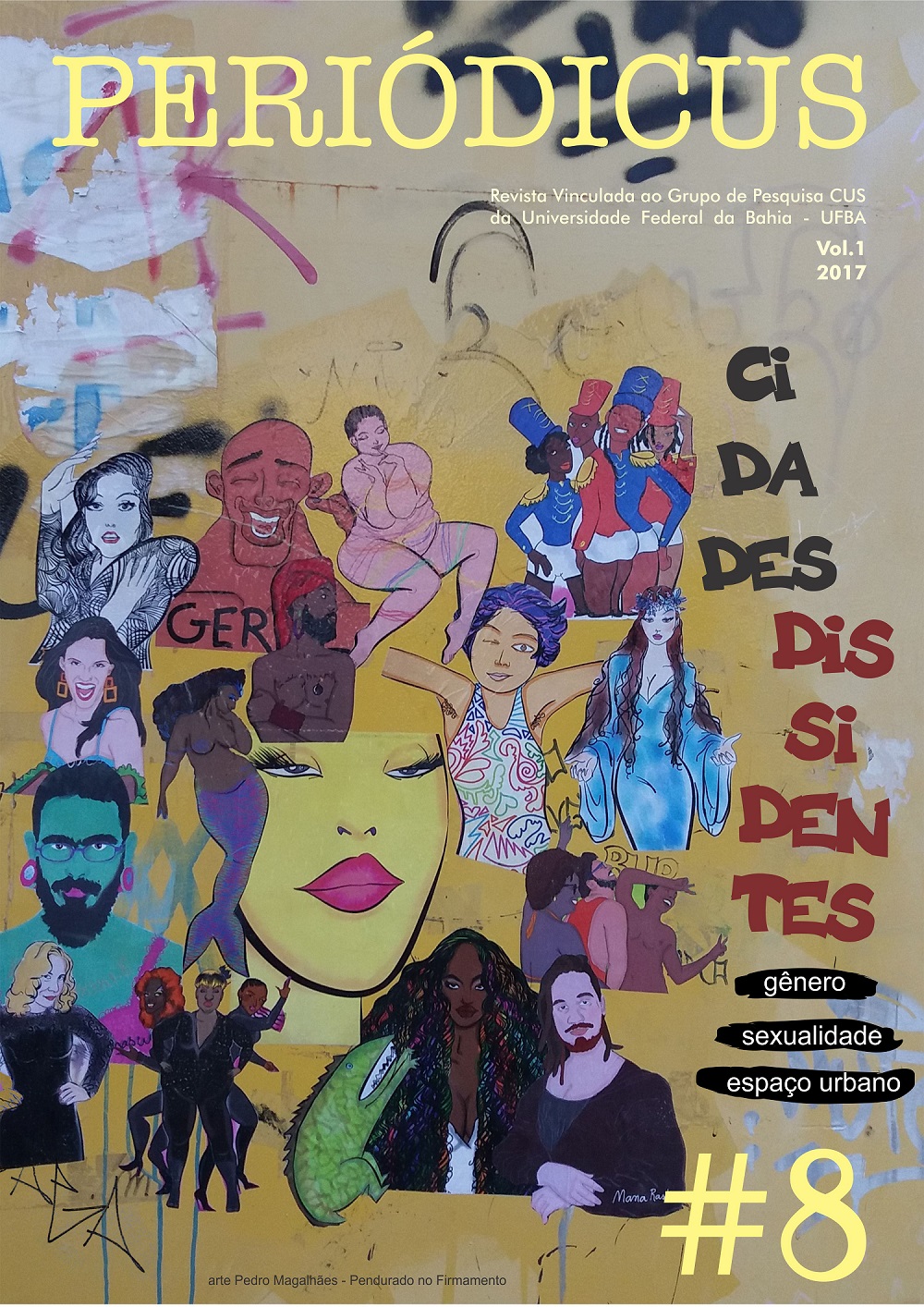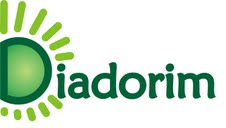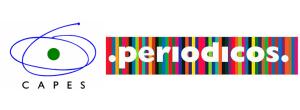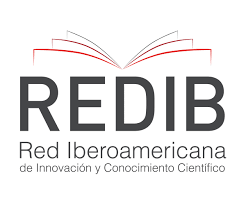Narrativas corporais do desejo bicha urbano e suas políticas
DOI:
https://doi.org/10.9771/peri.v1i8.24601Abstract
Na cidade do desejo ligada às novas tecnologias de comunicação, surgiu uma nova cidade, ao contrário do Hotel Buenaventura, descrito por Jameson em Pós-modernismo: a lógica cultural do capitalismo tardio, cuja arquitetura do espelho devolve à cidade sua própria imagem e onde o hiperespaço pós-moderno conseguiu transpassar o corpo e anular sua mediação; na cidade do corpo existiria uma virtualização com mediações, quer dizer, o desejo como plus-valia do corpo material se intercambia nos cybercafés do centro de Santiago, entretanto, aí a cidade homo se virtualiza como um novo corpo que deixou as ruas do desejo lemebeliano a uma política da representação através da web ou dos aplicativos disponíveis nos dispositivos atuais. A cidade então é mapa virtual, não é o cerro Santa Lucía de La esquina es mi corazón de Lemebel, mas o símbolo de um novo corpo traficado na rede.
Downloads
Downloads
Published
How to Cite
Issue
Section
License
Copyright (c) 2018 Revista Periódicus

This work is licensed under a Creative Commons Attribution-NonCommercial 4.0 International License.
Authors who publish in this journal agree to the following terms:
Authors retain copyright and grant the journal the right of first publication, with the work simultaneously licensed under a Creative Commons Attribution Noncommercial License that allows the work to be shared with acknowledgment of authorship and initial publication in this journal, but prohibits commercial use.
Authors are authorized to enter into separate additional contracts for non-exclusive distribution of the version of the work published in this journal (e.g., publishing in an institutional repository or as a book chapter), with acknowledgment of authorship and initial publication in this journal.
Authors are permitted and encouraged to publish and distribute their work online (e.g., in institutional repositories or on their personal website) at any point before or during the editorial process, as this can generate productive changes and increase the impact and citation of the published work (see The Effect of Open Access).








